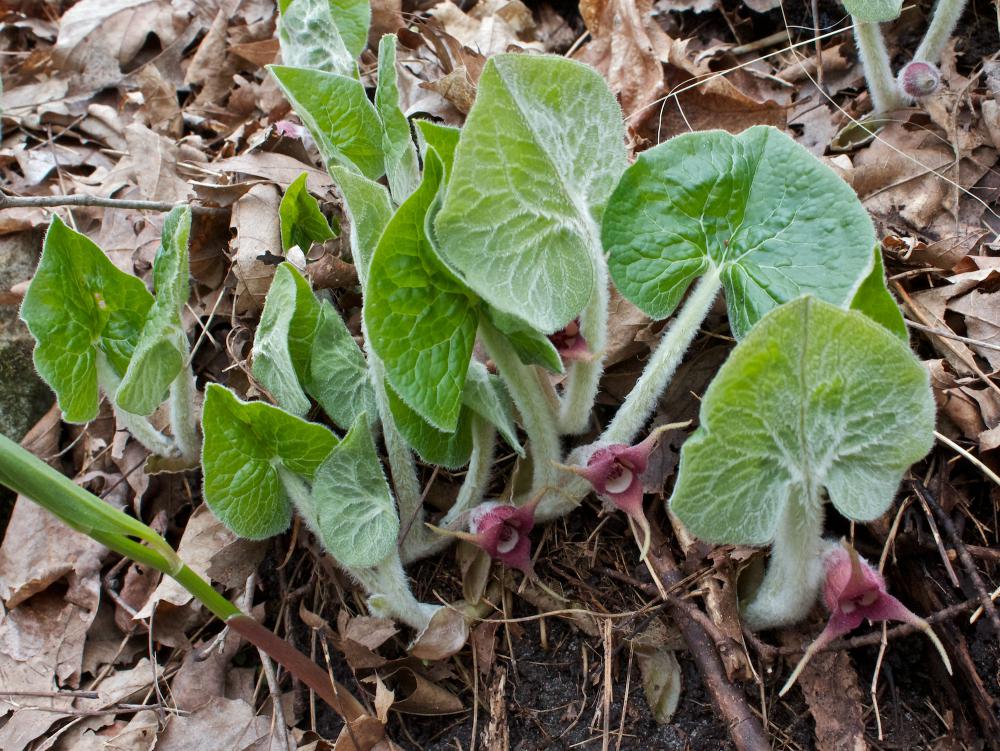All parts of the plant can be used for medicinal purposes. One of the most common use of wild ginger is as a laxative. Native Americans used Wild Ginger to bring on menstruation and to regulate, irregular heartbeat, relieve earaches, flatulence and stomach cramps. They also used it to treat kidney disorders and tooth powder was made from the pulverized bark of black alder, bayberry, and black oak mixed with powdered wild ginger rhizome. Other uses of wild ginger included relieving fevers by inducing sweating and treating snakebites.
Traditional healers use wild ginger to cure indigestion and stomach pains. Roots of the plant can be made into a tea and used to promote bowel movement, and ease stomach pain. Other uses are to treat headaches, knee pains, boils, and skin infections. The leaves can be used as a tea substitute. Many people don’t like the taste because the herb has a strong, bitter flavor. However, there are some individuals who find the taste appealing. Tea made from the leaves of wild ginger act in the same way as the root does; stimulating the intestinal tract and promoting digestive health.
The rhizome is harvested in the fall. It has a pungent and earthy taste and a camphorus aroma. Its roots were once used as a strong purgative and emetic, and its powdered leaves taken as snuff to treat headache and weak eyes.

 RSS Feed
RSS Feed